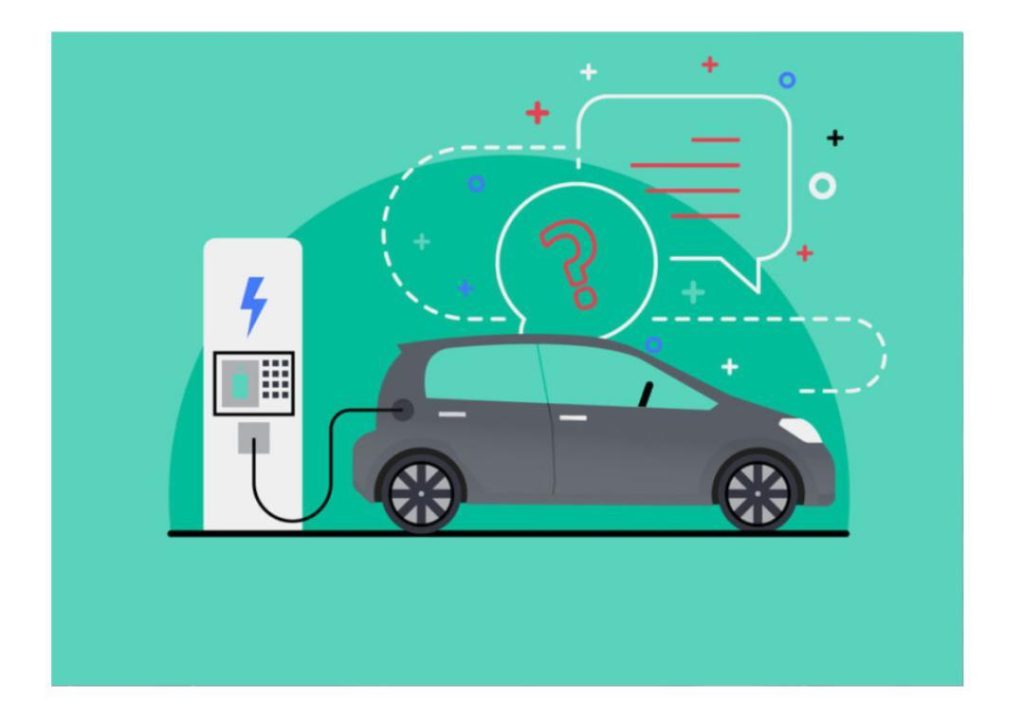
Can India become a global EV manufacturing hub?
The electric vehicle (EV) revolution is transforming the mobility landscape in India, and the country is poised to become a major player in the global EV market. While many countries are focusing on the adoption of EVs, India is taking a strategic approach by building a localized ecosystem that encompasses the entire value chain, from batteries and motors to software and servicing. This vertical integration not only enables India to own its EV future but also positions it to become a global production powerhouse.
Global Context
The global EV market is growing rapidly, driven by government regulations, declining battery costs, and increasing consumer demand. According to a report by BloombergNEF, the global EV market is expected to reach 500 million vehicles by 2040, up from just 2 million in 2019. China, the United States, and Europe are already leading the charge, with India emerging as a significant player.
India’s EV Story
India’s EV story began in 2013 with the launch of the FAME (Faster Adoption and Manufacturing of Hybrid and Electric Vehicles) scheme, which aimed to promote the adoption of hybrid and electric vehicles. Since then, the government has taken several initiatives to support the EV ecosystem, including the introduction of incentives like subsidies, tax breaks, and exemptions from certain regulations.
The Indian government’s target is to have 30% of new car sales electric by 2030, and 80% of buses and three-wheelers to be electric by 2030. To achieve this, the government has set up a network of charging stations, introduced electric two-wheeler and three-wheeler policies, and launched programs to promote the adoption of electric rickshaws and autorickshaws.
Local Ecosystem
India’s EV ecosystem is taking shape, with companies like Tata Motors, Mahindra & Mahindra, and Hyundai investing heavily in EV manufacturing, research, and development. The country is also home to a thriving startup ecosystem, with companies like Ola Electric, Ather Energy, and Revolt Motors disrupting the traditional automotive industry.
The local ecosystem is not limited to vehicle manufacturing; it also encompasses the entire supply chain, including battery manufacturing, motor manufacturing, and software development. Companies like LG Chem, Panasonic, and Tesla are setting up battery manufacturing facilities in India, while companies like Continental and BorgWarner are investing in motor manufacturing.
Vertical Integration
India’s focus on vertical integration is a key differentiator. By owning the entire supply chain, the country can insulate itself from global supply shocks and price volatility. This approach also enables Indian companies to innovate and improve products quickly, reducing dependence on foreign suppliers.
For example, Tata Motors has set up a battery manufacturing facility in India, which supplies batteries to its own EVs as well as to other companies. Similarly, Mahindra & Mahindra has partnered with LG Chem to set up a lithium-ion battery manufacturing facility in India.
Software and Servicing
The software and servicing aspect of the EV ecosystem is also gaining traction in India. Companies like Ather Energy and Ola Electric are investing heavily in software development, which enables them to offer advanced features like over-the-air updates, remote diagnostics, and personalized customer experiences.
The servicing aspect is also being addressed, with companies like Tata Motors and Hyundai setting up dedicated EV service centers across the country. These service centers offer specialized maintenance and repair services for EVs, reducing the need for customers to visit traditional workshops.
Global Production Powerhouse
If India gets its EV strategy right, it won’t just be an EV market; it’ll be a global production powerhouse. The country’s focus on vertical integration, localization, and innovation positions it to become a significant player in the global EV supply chain.
In fact, India is already attracting foreign investment in the EV sector, with companies like Tesla setting up manufacturing facilities in the country. The Indian government’s “Make in India” initiative, which aims to promote local production and manufacturing, is also expected to boost the country’s EV production capacity.
Challenges Ahead
While India has made significant progress in the EV sector, there are still several challenges ahead. One of the biggest challenges is the lack of charging infrastructure, which is a major concern for EV adopters.
Another challenge is the high cost of EVs, which is a barrier to adoption for many consumers. The Indian government’s incentives and subsidies are helping to address this issue, but more needs to be done to make EVs more affordable.
Conclusion
In conclusion, India’s EV future is not just about usage; it’s about ownership of the supply chain. By building a localized ecosystem that encompasses the entire value chain, from batteries and motors to software and servicing, India is positioning itself to become a global production powerhouse.
If India gets its EV strategy right, it’ll not only transform its own mobility landscape but also become a major player in the global EV market. The future of mobility in India is indeed electric, and it’s here to stay.
News Source:
https://www.growthjockey.com/blogs/the-future-of-mobility-in-india-is-here-and-it-is-electric






